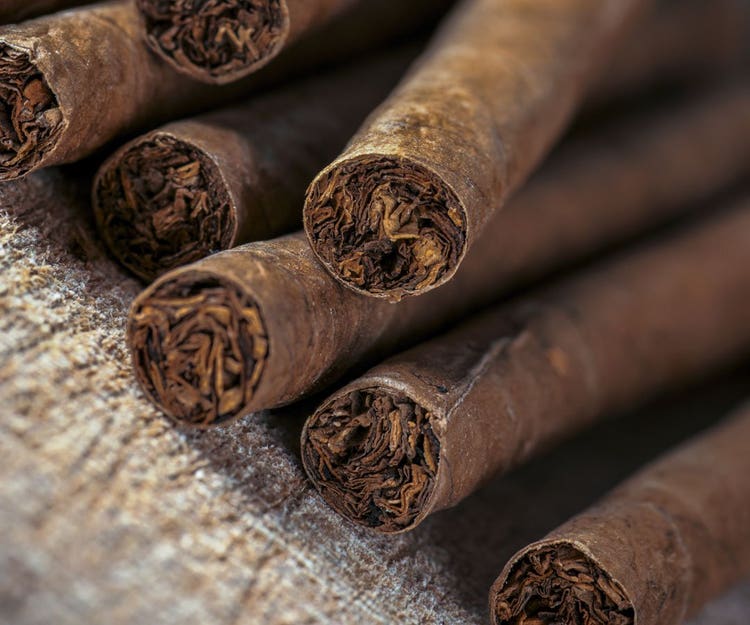
Buying Bundle Cigars
Part I – Bundles Defined
In this article, we’ll tell the “true Hollywood story” of bundle cigars. For the uninitiated of you curious about these un-banded cello-wrapped packages, you probably have your own ideas about what these cigars really are, where they come from, who smokes them and how they’re made, among others. Actually, if it weren’t for bundles, there may not be much of a cigar business at all. Having first appeared in the 1960s, today bundles have not only become nice profit centers for retailers but for customers seeking good alternatives to their regular cigars, they’re mighty practical and economical.
First, let’s clear up the difference between “seconds” and “bundles.” “Seconds” are “ungraded” or “unselected” cigars that didn’t meet the manufacturer’s standards as “firsts” due to minor flaws in the wrapper, the wrapper’s color or the overall construction of the cigar itself. That doesn’t mean the cigars are bad, they’re just not the “up to snuff” (you’ll pardon the expression). Because these cigars are still high enough in quality to sell, they’re packaged in bundles and sold to retailers at a reduced cost.
“Bundles” are cigars made specifically to sell as “no-name” cigars, but as mentioned above, they can also be “seconds.” Another way cigars get to be bundled is if a manufacturer has an overrun on a particular size. Bundles are sometimes identified by the country of origin, like “Nicaraguan Bundles” or “Honduran Bundles.” Sometimes, these bundles are one-time only deals or in many cases, they are regularly produced to be marketed as bundle labels complete with their own bands. Good examples of these brands are National Brand, Flor De Oliva, and La Floridita. Some retailers contract with manufacturers to create their own exclusive house brand bundles, such as Value Line cigars and Dominique. In fact, some of the best cigar makers in the business like General Cigar and Villazon make bundle cigars so, in actuality, both “firsts” and “seconds” are sold as bundles.
Since bundles are basically “unmarked,” when buying bundles or seconds it’s important that you read the description of the cigars so you know what you’re getting and don’t be afraid to ask questions. ;-/
Part 2 – Choosing a Good Bundle Some things to consider when buying bundles, even if you know they came from a highly respected cigar maker: 1) The cigars often do not match in color. 2) The taste may be inconsistent. 3) Some bundles are machine made and some are made with short filler for what’s known as a “sandwich” blend.
When it comes to “inspecting” a bundle cigar, you start with a disadvantage. Because of the way bundles are packaged, you can’t just pick one up and check it out like you would a boxed cigar. Probably the only thing you can do is inspect the package to see if the cigars have been bruised, ripped or squished. So what else CAN you do? Several things.
Not unlike finding a good premium cigar, finding a good bundle takes a certain amount of experimentation. Don’t let the price fool you, either. Price can be determined any number of reasons, from the what the retailer paid for the cigars to just wanting to move merchandise quickly. Though some bundles may be closer in price to boxed cigars, there are some really decent buys for as little as $19.95 and $24.95 a bundle. ;-/